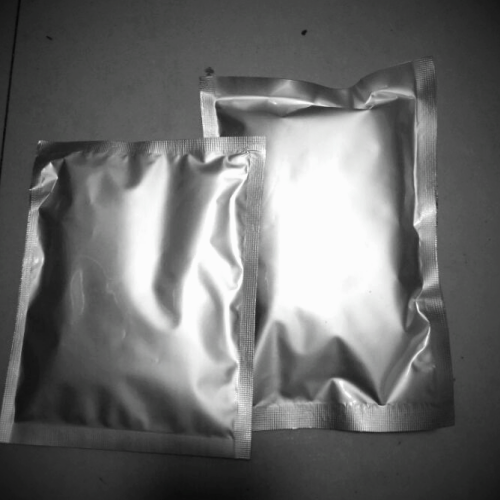Buy Sitagliptin Phosphate Monohydrate Powder New Type of Antidiabetic Drugs Online
What is Sitagliptin phosphate monohydrate?
Sitagliptin phosphate monohydrate was used to treat two dipeptidyl peptidase IV type 2 diabetes mellitus (DDP-4) inhibitor, is a new type of antidiabetic drugs, can improve the body’s ability to reduce high blood glucose levels, by inhibiting the enzyme activity and the relative increase in natural occurrence of incretin, including glucagon like peptide -1 and Glucose dependent insulinotropic peptide, thus triggering pancreatic insulin production and improve the liver to stop production, and ultimately reduce the clinical effect of glucose and blood glucose concentration.
Sitagliptin Phosphate Monohydrate Specification
| Sitagliptin Phosphate Monohydrate
|
CAS No.: 654671-77-9 |
|
| MF: C16H20F6N5O6P |
Molecular Weight: 523.32 |
| Min order: 10grams |
| Product Categories: |
Pharmaceutical Raw Materials,Active Pharmaceutical Ingredients,Bulk Drugs,Fin e Chemicals. |
| Application |
For type 2 diabetes |
| Standard |
Purity:>99% |
| Appearance |
White Crystal powder |
| Shelf life |
2 years |
| Storage |
Sitagliptin Phosphate Monohydrate should be stored in a well-closed container at low temperature, keep away from moisture, heat and light. |
Sitagliptin phosphate monohydrate Effects
The characteristics of this product is in the stimulation of insulin secretion and can reduce hunger, and will not lead to weight gain, no hypoglycemia and edema, diabetic patients suitable for poor glycemic control and hypoglycemia often. In 552 cases of mild to moderate test in patients with type 2 diabetes, a dose of sitagliptin phosphate daily, 100 mg per serving, 12 weeks after taking the glycosylated hemoglobin decreased 0.6%-1.1%. The incidence of adverse reactions similar to placebo, the most frequently reported adverse reactions (incidence rate of more than 5%, which is higher than the placebo) is stuffy or runny nose, sore throat, and upper respiratory tract infections and headaches.
Clinical studies show that sitagliptin phosphate as monotherapy in patients with type 2 diabetes, the glycosylated hemoglobin (HbA1c) were significantly reduced. With the combination of metformin or TZDs, has the role of adjuvant therapy significantly, according to the three main defects of type 2 diabetes: insulin resistance and beta cell dysfunction (insulin release decreased, and cell dysfunction (alpha) did not inhibit hepatic glucose production) play a role. However, this drug is not suitable for the treatment of type 1 diabetes or diabetic ketoacidosis.


